Easy, Fun Fizzing Ice Science Experiment
This Fizzing Ice Experiment adds a fun twist to the baking soda and vinegar reaction by adding ice. Science for kids takes wintery twist on the classic baking soda and vinegar experiment will keep kids entertained and curious.

Recommended Grade Level:
There’s something about science experiments for kindergarteners and preschoolers that really feels magical. Maybe it’s the excitement of the students, or the true surprise and fascination when they witness baking soda and vinegar reacting for the first time. Kindergarten science activities are loaded with opportunities to gain important observation and problem-solving skills.
You can use the science experiment with baking soda to teach kids about endothermic reactions, acids and bases, chemical reactions, and how when acetic acid and sodium bicarbonate mix, they create carbonic acid, which quickly dissolves into carbon dioxide and water. But don’t worry about all the acids in this experiment, it’s a completely safe science experiment for 1st graders and below.
Looking for a science fair project? Use the experiment with ice to explore other concepts, like hot ice, freezing point, or melting ice.
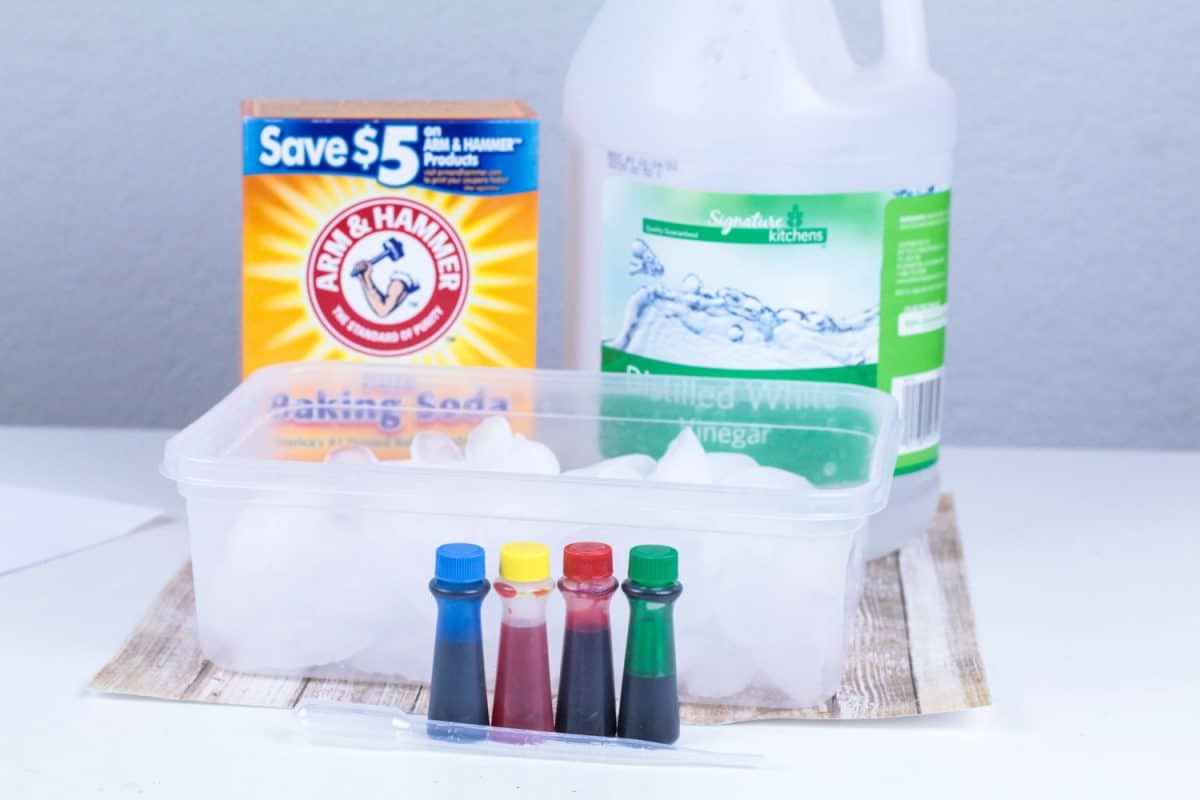
To begin the science activity for preschoolers, fill a container with ice.
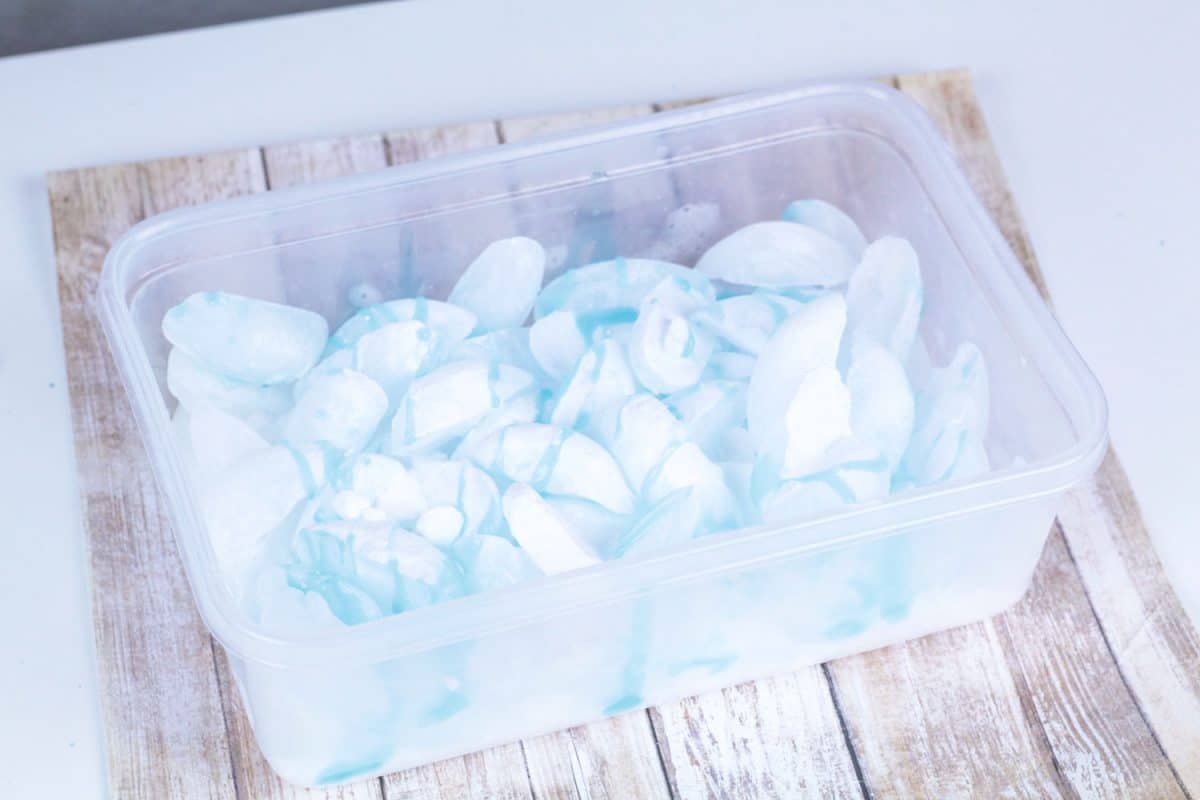
Cover the top of the ice with baking soda, food coloring, and dish soap. The dish soap doesn’t help the reaction, but it does help preserve the carbon dioxide and keeps the reaction going longer in this science experiment for kids.

Kindergarten science experiments that use droppers are typically a hit with students. Use pipettes to cover the ice with vinegar. Because the ice makes everything colder, the baking soda and vinegar reaction slows, and it can take some extra time to get the reaction going. Eventually your ice cube science experiment will look like this:
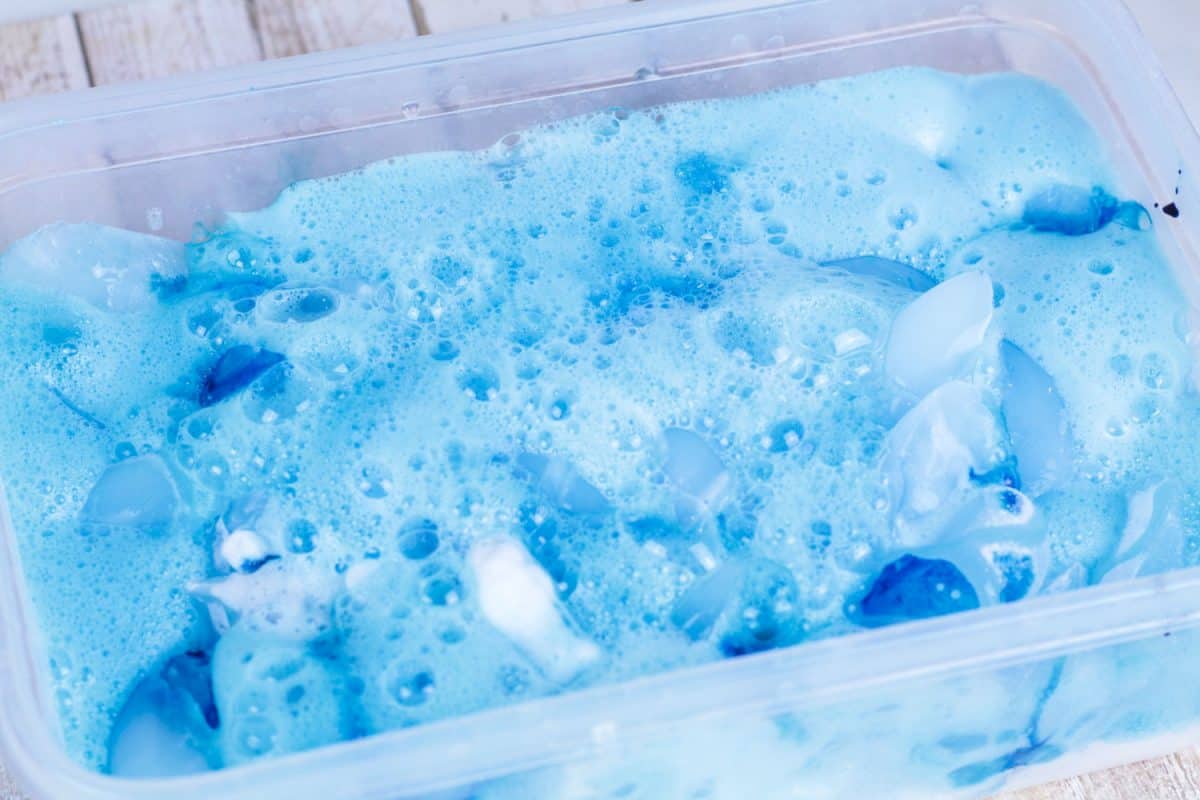
What Kids Learn in the Fizzing Ice Science Experiment
This preschool science experiment teaches that vinegar is a mixture of salt, water, and acetate acid. Baking soda is a mixture of sodium bicarbonate and a few other materials.
The acid and the sodium bicarbonate react, creating a chemical called carbonic acid. Carbonic acid is unstable, so it falls apart and turns into carbon dioxide gas and water. Those concepts are pretty intense for a simple vinegar and baking soda science experiment!
The carbon dioxide is lighter than air is, which causes the mixture in the science experiment with baking soda and vinegar to fizz. Once all the carbon dioxide escapes, all that is left in the container is sodium acetate and water. No matter how much more vinegar you add, the mixture will no longer react.
Printable Science Activities for Kids
Fun Winter Printables:
More Chemical Reaction Activities:
More of our Favorite Science Experiments:
Search All Activities
Looking for more? Find exactly what you need here:




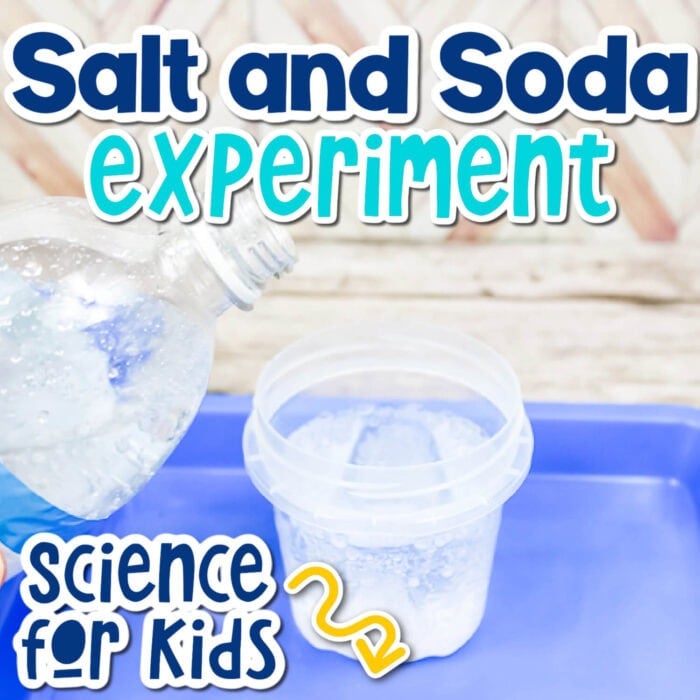
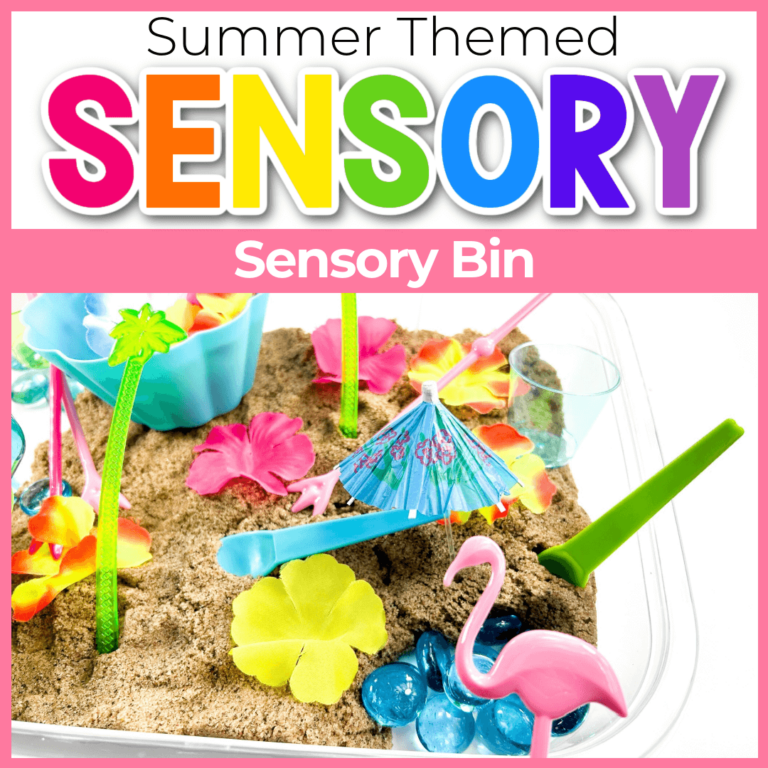
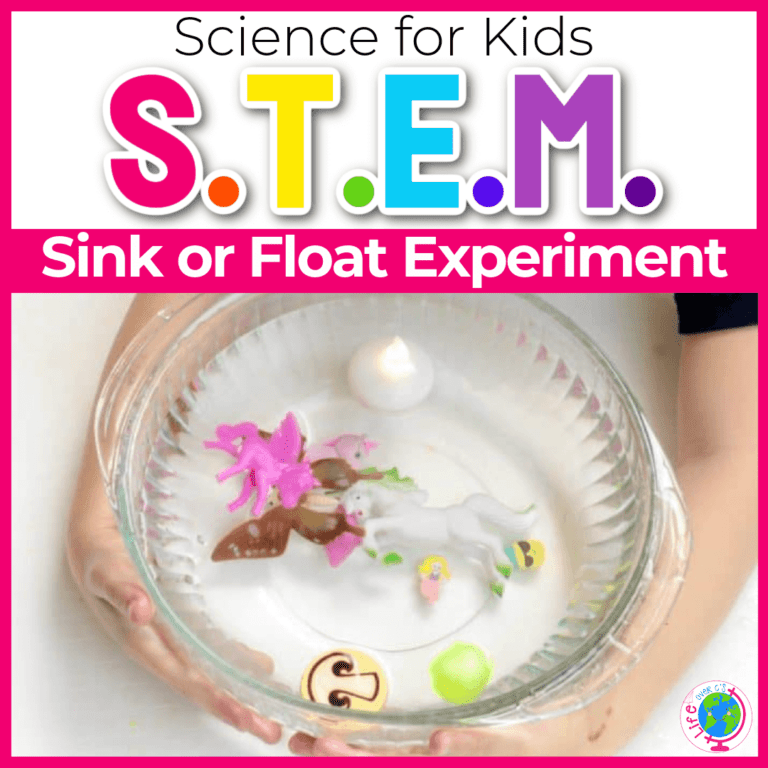


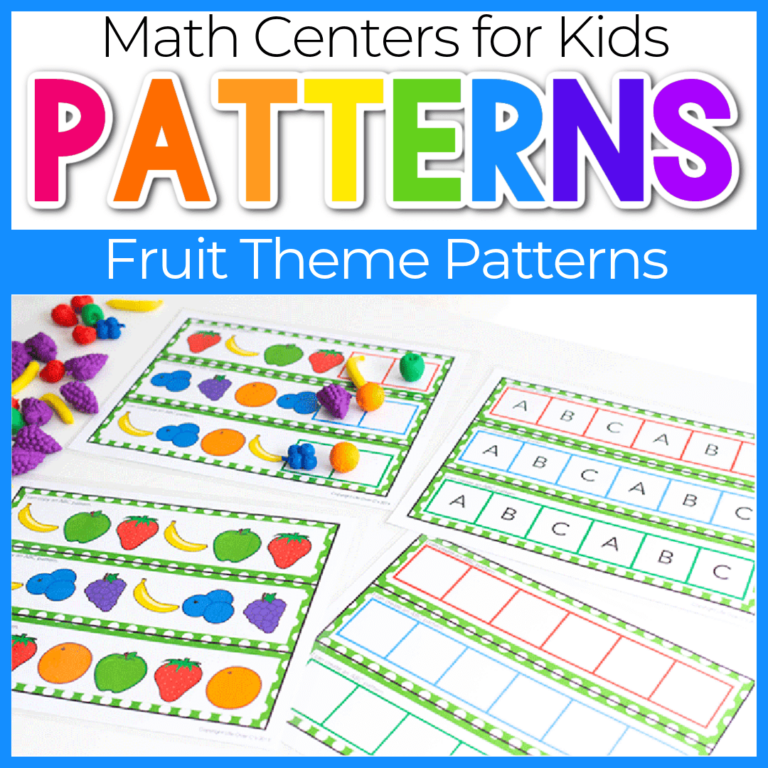
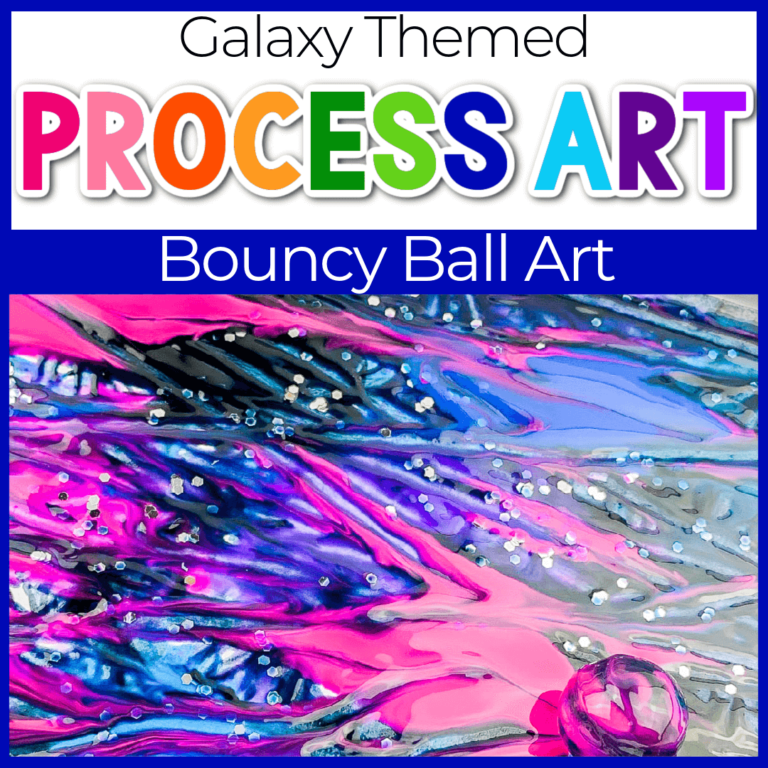
Looks like a fun experiment to add to my winter lessons! Thanks!
Hi!
As a chemist turned preschool teacher I need to point out that the Carbon dioxide (CO2) produced in this experiment is HEAVIER than air. The bubbles are produced because CO2 is a gas being released and bubbling through the vinegar and soap.
Do you have a recording sheet that goes with this experiment?
I am looking forward to trying this in my classroom!
Hi Andrea. I don’t have a recording sheet but I hope that your classroom loves the experiment!! It’s a fun one!